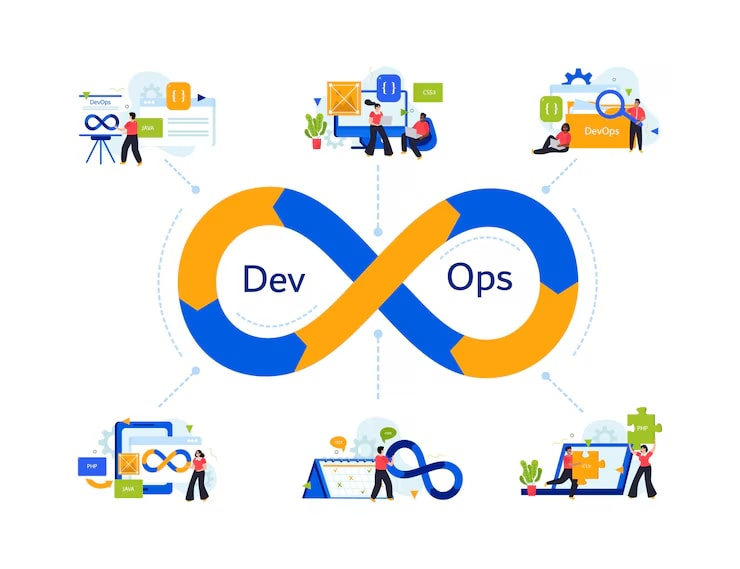Service Detail

DevOps Automation
DevOps automation involves using tools and processes to automate manual tasks in software development and IT operations, aiming to improve efficiency, reliability, and speed across the software development lifecycle.
Key Features:
Continuous Integration and Continuous Delivery (CI/CD):
Continuous Integration (CI): Automates the process of integrating code changes from multiple developers into a shared repository.
Continuous Delivery (CD): Automates the process of building, testing, and deploying software releases to production or other environments.
Tools: Jenkins, CircleCI, GitLab CI, GitHub Actions, TeamCity.
Configuration Management:
Definition: Ensuring that all systems in an environment are in a consistent and known state.
Tools: Puppet, Chef, Ansible.
Automated Testing:
Definition: Automating the testing process to catch bugs early and ensure quality.
Types: Unit testing, integration testing, end-to-end testing.
Tools: Selenium, JUnit, NUnit, TestNG.
Deployment Automation:
Definition: Automating the process of deploying software releases to production or other environments.
Tools: Kubernetes, Docker, Ansible, Terraform.
Benefits:
Faster Time to Market: Automation reduces manual processes, leading to faster releases.
Improved Software Quality: Automated testing and CI/CD pipelines ensure consistent quality.
Enhanced Collaboration: DevOps tools facilitate communication and collaboration between teams.
Increased Efficiency: Automation streamlines tasks and reduces manual effort.
Reduced Errors: Automation minimizes human errors in repetitive tasks.
Scalability: DevOps tools and infrastructure as code enable easy scaling of applications and infrastructure.
